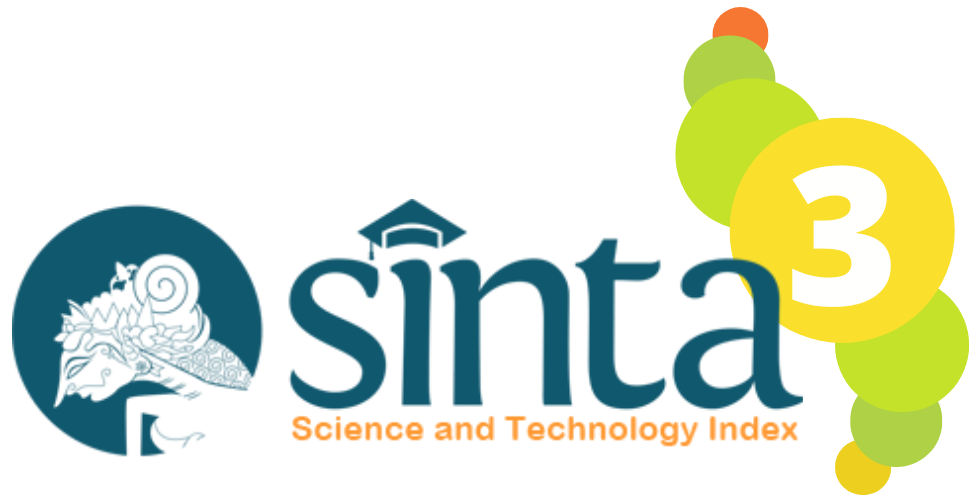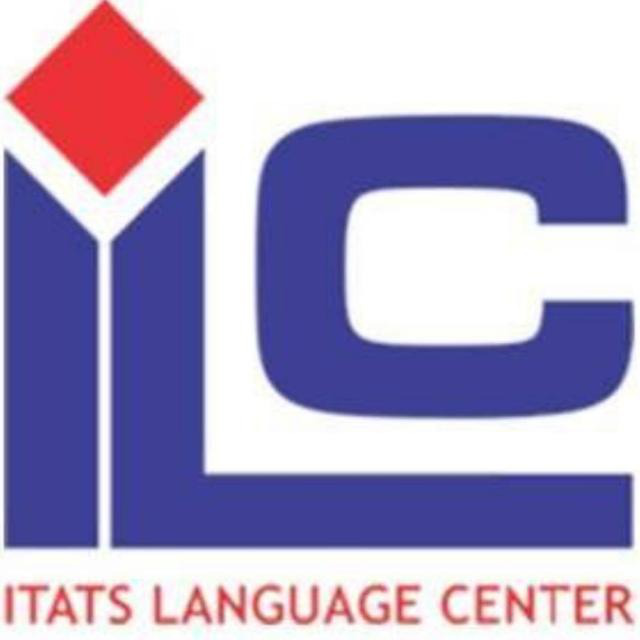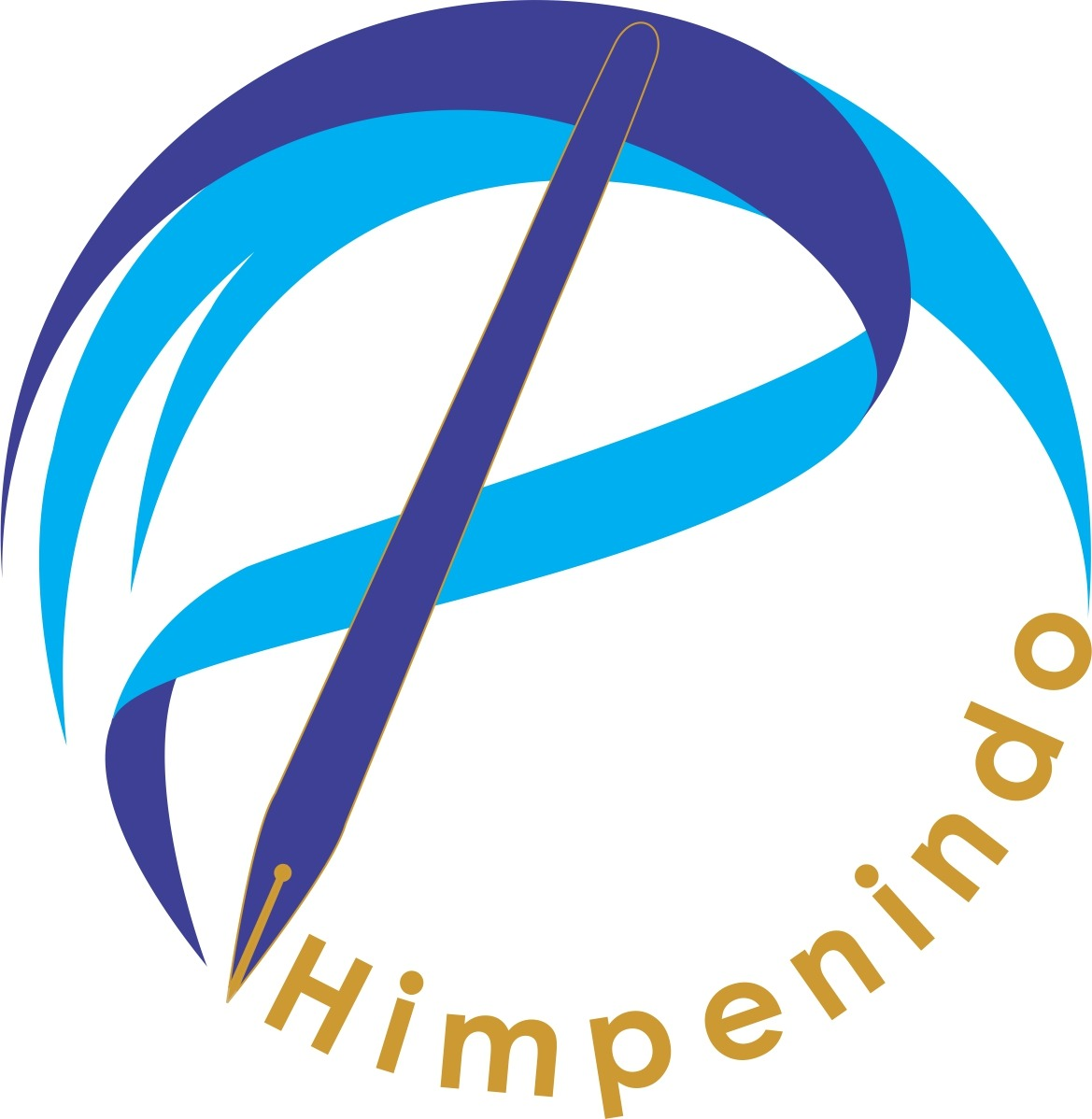Analysis of the Characteristics of Cow Dung Waste Biopellets with Cassava Peel Starch Adhesive as an Alternative Fuel
Abstract
This study aims to analyze the characteristics of biopellets made from the raw material of dried cow dung waste with cassava peel starch as an adhesive. The research method was carried out experimentally through several stages: raw material preparation, drying of cow dung under sunlight for 14 days, mixing with variations of cassava peel starch adhesive of 10%, 30%, and 50%, molding using a hydraulic press with pressures of 50, 60, and 70 kg, and testing the characteristics of the biopellets. The parameters tested included calorific value, moisture content, combustion rate, and ash content. The results showed that variations in adhesive levels and molding pressure affected the quality of the biopellets. The calorific value obtained ranged from 2,795.4 to 3,595.9 cal/g, moisture content 9.5–12.5%, combustion rate 0.74–1.71 g/min, and ash content 0.90–1.20%. In conclusion, biopellets from cow dung with the addition of cassava peel starch adhesive have characteristics that are feasible to be developed as an environmentally friendly alternative fuel.
Full Text:
PDFReferences
International Energy Agency (IEA), Data and Statistics. [Online]. Available: https://www.iea.org/data-and-statistics
T. A. Pradana, B. Yunianto, and M. Muchammad, "ANALISIS KARAKTERISTIK BIOPELET BERBAHAN DASAR LIMBAH PERTANIAN DAN PERKEBUNAN DENGAN CAMPURAN ZAT PEREKAT ALAMI," JURNAL TEKNIK MESIN, vol. 11, no. 3, pp. 494-499, Jul. 2023.
A. W. Wasistha, M. R. S. Dika, A. S. Aulia, N. M. Samudra, and D. N. Putri, “Physical and Mechanical Characteristics of Edible Film Based on Cassava Peel Starch,” AGRISAINTIFIKA J. Ilmu-Ilmu Pertan., vol. 5, no. 2, p. 149, 2021, doi: 10.32585/ags.v5i2.1877.
M. Hassan, M. Anwar, S. Fahad, B. Masud, and W. Ahmad, “Biomass pelletizing : Characterization of cow dung assisted solid recovered bio-fuel from agricultural waste,” no. March, 2021, doi: 10.1109/ICECE51984.2021.9406289.
A. M. Kartini, G. P. Sentosa, and E. S. Khoirunnada, “Diseminasi Pengolahan Limbah Kulit Singkong dan Kotoran Sapi Sebagai Bahan Bakar Alternatif di Desa Kemuning Lor Jember Abstrak Jurnal Pengabdian Nasional ( JPN ) Indonesia,” vol. 5, no. 3, pp. 818–827, 2024.
W. A. Wibowo, A. D. Susanti, and P. Paryanto, “Characterization and Combustion Kinetics of Binderless and Bindered Dry Cow Dung Bio-Pellets,” Equilib. J. Chem. Eng., vol. 8, no. 1, p. 19, 2024, doi: 10.20961/equilibrium.v8i1.83645.
H. Sohail, M. Hassan, M. Anwar, S. F. Bin Masuad, and W. Ahmad, “Biomass pelletizing: Characterization of cow dung assisted solid recovered bio-fuel from agricultural waste,” 2021 4th Int. Conf. Energy Conserv. Effic. ICECE 2021 - Proc., no. March, 2021, doi: 10.1109/ICECE51984.2021.9406289.
A. Szymajda, G. Laskar, and M. Joka, “Assessment of Cow Dung Pellets as a Renewable Solid Fuel in Direct Combustion Technologies,” Energies 14, no. 4: 1192, 2021.
R. Damayanti, N. Lusiana, and J. Prasetyo, “Study Effect of Particle Size and Tapioca Starch Addition on Biopelet Characteristic from Cacao Shell (Theobroma cacao L.) as Alternative Renewable Fuel,” J. Teknotan, vol. 11, no. 1, 2017.
V. Purwandari, M. Harahap, L. I. P. Zai, Dan M. A. Mubarakh, “Pengolahan Limbah Kulit Kakao Dan Kemiri Pada Pembuatan Biopelet Sebagai Bahan Bakar Alternatif,” Jurnal Kimia Saintek Dan Pendidikan, Vol. 6, No. 2, Pp. 72–78, 2022. Doi:10.51544/Kimia.V6i2.3492.
B. Rudiyanto, I. Rida, Z. Ulma, D. Ari, Dan M. Hijiriawan, “Utilization Of Cassava Peel (Manihot Utilissima) Waste As An Adhesive In The Manufacture Of Coconut Shell (Cocos Nucifera) Charcoal Briquettes,” International Journal Of Renewable Energy Development (Ijred), Vol. 12, No. 2, Pp. 270–276, 2023. [12] D. Kevin and D. A. Sari, “Pemberdayaan Masyarakat melalui Pemanfaatan Kotoran Sapi Menjadi Biogas sebagai Sumber Energi Terbaharukan,” Abdi J. Pengabdi. dan Pemberdaya. Masy., vol. 7, no. 1, pp. 119–127, 2025, doi: 10.24036/abdi.v7i1.1043.
Mursalim, Munir, Fitriani, and I. D. Novieta, “Kandungan Selulosa, Hemiselulosa dan Lignin Serbuk Gergaji Kayu Jati (Tectona grandits L.F) dan Daun Murbei (Morus alba) Yang Dikombinasikan Sebagai Pakan Ternak,” Semin. Nas. Sinergitas Multidisiplin Ilmu Pengetah. dan Teknol., vol. 2, pp. 323–327, 2019.
N. Adi Sasongko, N. Gunadi Putra, and M. L. Donna Wardani, “Review of types of biomass as a fuel-combustion feedstock and their characteristics,” Adv. Food Sci. Sustain. Agric. Agroindustrial Eng., vol. 6, no. 2, pp. 170–184, 2023, doi: 10.21776/ub.afssaae.2023.006.02.8.
Masitoh, Mersi Kurniati, Dan Irzaman, “Analisis Diameter Biopelet Sekam Padi Terhadap Efisiensi Energi Bahan Bakar,” Prosiding Seminar Nasional Dan Rapat Tahunan Bidang Mipa (Semirata) — Departemen Fisika Fmipa Ipb, Bogor, 2014.
F. Goembira, D. M. Aristi, D. Nofriadi, and N. T. Putri, “Analisis Konsentrasi PM2,5, CO, dan CO2, serta Laju Konsumsi Bahan Bakar Biopelet Sekam Padi dan Jerami pada Kompor Biomassa,” J. Ilmu Lingkung., vol. 19, no. 2, pp. 201–210, 2021, doi: 10.14710/jil.19.2.201-210.
S. Huda and W. Wikanta, “Pemanfaatan Limbah Kotoran Sapi Menjadi Pupuk Organik Sebagai Upaya Mendukung Usaha Peternakan Sapi Potong di Kelompok Tani Ternak Mandiri Jaya Desa Moropelang Kecamatan Babat Kabupaten Lamongan,” Aksiologiya J. Pengabdi. Kpd. Masy., vol. 1, no. 1, p. 26, 2016, doi: 10.30651/aks.v1i1.303.
T. M. A. Jr., J. A. O. Vergara, and L. P. Canizares-Gallardo, “Greenhouse gas emissions from livestock manure (cattle) in different feeding formulas, methods and practices,” J. Biodivers. Environ. Sci. | JBES, vol. 22, no. 1, pp. 7–15, 2023, [Online].
A. Szymajda Dan G. Łaska, “The Effect Of Moisture And Ash On The Calorific Value Of Cow Dung Biomass,” Proceedings Of Ismo’19 (Innovations-Sustainability-Modernity-Openness Conference), Bialystok, Poland, 22–23 May 2019; Proceedings, Vol. 16, No. 1, P. 4, 2019. Doi:10.3390/Proceedings2019016004.
F. E. Puri, A. D. Wulandari, And A. R. Setyawati, “Biobriket Limbah Kulit Singkong (Manihot Esculenta), Inovasi Sumber Energi Alternatif Di Wonogiri,” Jurnal Jaringan Penelitian Pengembangan Dan Penerapan Inovasi (Jarlitbang), Vol. 1, No. 1, Pp. 60- 66, 2018. [Online]. Available: Https://Jurnal.Wonogirikab.Go.Id/Jarlitbang/Article/View/20
V. A. Surya and D. V. Wijanarko, “Pengaruh Perekat Tapioka terhadap Kualitas Biopelet dari Campuran Tongkol Jagung, Ampas Tebu, dan Ampas Kopi,” J. Tek. Mesin, vol. 12, no. 02, pp. 39–44, 2024.
Badan Standardisasi Nasional, SNI 8021:2014 – Pelet kayu. Jakarta: Badan Standardisasi Nasional, 2014. [Online]. Available: https://www.bsn.go.id
I. Rusnadi, R. Junaidi, S. Hidayat, R. Yuanda, and S. Bayu A, “Biopelet Beraromaterapi Sebagai Alternatif Energi Panas Pengganti Bahan Bakar,” Pros. Semin. Nas. FIRST, vol. 1, pp. 199–206, 2023.
K. Kusmiyati, D. K. Wijaya, B. J. R. Hartono, G. F. Shidik, and A. Fudholi, “Harnessing the power of cow dung: Exploring the environmental, energy, and economic potential of biogas production in Indonesia,” Results Eng., vol. 20, no. July, p. 101431, 2023, doi: 10.1016/j.rineng.2023.101431.
D. M. Kamal et al., “Alat Pengering Biopelet Tipe Rak Dengan Daya 500 Watt,” J. Mech. Eng. Mechatronics, vol. 8, no. 2, pp. 87–95, 2023.
W. Intagun and N. Tarawadee, “The effect of particle size on the bulk density and durability of pellets: bagasse and eucalyptus bark,” Res. Knowl., vol. 2, no. 1, pp. 74–79, 2015, doi: 10.14456/randk.2016.10.
C. Scott, T. M. Desamsetty, and N. Rahmanian, “Unlocking Power: Impact of Physical and Mechanical Properties of Biomass Wood Pellets on Energy Release and Carbon Emissions in Power Sector,” Waste and Biomass Valorization, vol. 16, no. 1, pp. 441–458, 2025, doi: 10.1007/s12649-024-02669-z.
L. Fridh, L. Eliasson, and D. Bergström, “Precision and accuracy in moisture content determination of wood fuel chips using a handheld electric capacitance moisture meter,” Silva Fenn., vol. 52, no. 5, pp. 1–13, 2018, doi: 10.14214/sf.6993.
P. Murugan, S. Dhanushkodi, K. Sudhakar, and V. H. Wilson, “Industrial and small-scale biomass dryers: An overview,” Energy Eng. J. Assoc. Energy Eng., vol. 118, no. 3, pp. 435–446, 2021, doi: 10.32604/EE.2021.013491.
M. I. D. W. Putri et al., “Hybrid Biopellets Characterization of Gamal Wood (Gliricidia sepium) and Robusta Coffee Husk at Various Compositions,” J. Sylva Lestari, vol. 12, no. 3, pp. 595–609, 2024, doi: 10.23960/jsl.v12i3.913.
O. Nurhilal, “Desain Kalorimeter Bomb Biomassa dengan Metode Oksigen Dinamik,” J. Ilmu dan Inov. Fis., vol. 1, no. 2, pp. 21–27, 2017, doi: 10.24198/jiif.v1i02.15355.
A. Fajari, Sudarti, and Yushardi, “Pengujian Laju Pembakaran Briket Biomassa Dari Tempurung Kelapa dan Sekam Padi,” J. Ilm. Wahana Pendidik., vol. 2024, no. 23, pp. 1208–1216, 2024.
F. R. Abadi, “Design of a Simple Muffle Furnace for Temperature Optimization in Ash Content Analysis,” J. Neutrino, vol. 10, no. 2, p. 30, 2018, doi: 10.18860/neu.v10i2.4559.
A. Jasinskas et al., “Assessment of Quality Indicators of Pressed Biofuel Produced from Coarse Herbaceous Plants and Determination of the Influence of Moisture on the Properties of Pellets,” Sustain., vol. 14, no. 3, 2022, doi: 10.3390/su14031068.
S. M. Ridjayanti, W. Hidayat, R. A. Bazenet, I. S. Banuwa, and M. Riniarti, “PENGARUH VARIASI KADAR PEREKAT TAPIOKA TERHADAP KARAKTERISTIK BRIKET ARANG LIMBAH KAYU SENGON (Falcataria mollucana),” ULIN J. Hutan Trop., vol. 6, no. 1, p. 38, 2022, doi: 10.32522/ujht.v6i1.5597.
L. Kumar Meena, R. Singh, P. Kalyan, D. Meena, and N. Sharma, “Impact of Binder Materials on the Mechanical and Thermal Properties of Biofuel Briquettes,” Biol. Forum-An Int. J., vol. 16, no. 9, p. 178, 2024.
O. F. Obi, R. Pecenka, and M. J. Clifford, “An important component of global renewable energy mix is the use of loose biomass, including agricultural and forestry residues, to produce solid fuels in the form of briquettes. Briquettes play a significant role in bioenergy mix in developing and develo,” Energies, vol. 15, no. 7, pp. 1–22, 2022.
N. Iskandar, S. Sulardjaka, M. Munadi, S. Nugroho, R. C. Muhamadin, and D. F. Fitriyana, “The effect of water content and binder made from cassava starch and densification pressure on the quality of rice husk bio-pellets,” J. Phys. Conf. Ser., vol. 1517, no. 1, 2020, doi: 10.1088/1742-6596/1517/1/012019.
DOI: https://doi.org/10.31284/j.jmesi.2025.v5i2.8092
Refbacks
- There are currently no refbacks.

This work is licensed under a Creative Commons Attribution-NonCommercial 4.0 International License.
Published by:
Mechanical Engineering Department - Institut Teknologi Adhi Tama Surabaya
Editorial Address
Journal of Mechanical Engineering, Science, and Innovation is licensed under CC BY-NC 4.0








